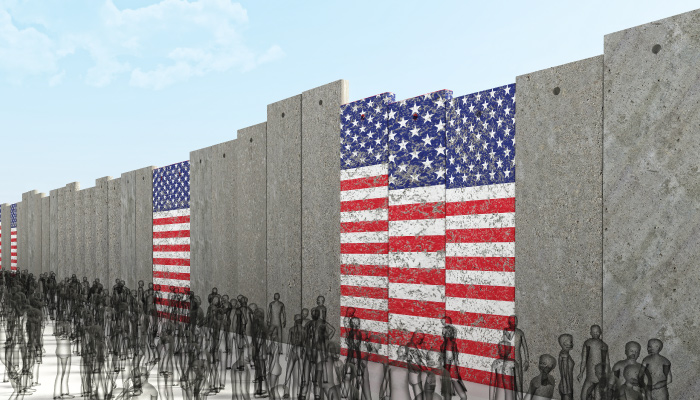
When you import any goods or merchandise into the United States, you are subject to compliance requirements involving the Bureau of Customs and Border Protection (CBP) of the Department of Homeland Security (DHS). According to the CBP, in almost all cases, the imported goods must be “entered,” that is, “declared,” to the CBP. These goods are also subject to “detention and examination” by CBP officers, who ensure compliance with the laws and regulations enforced and administered by the CBP.
Before you can actually import your merchandise, it is extremely important that you know the CBP’s procedures and policies for a smooth entry process for your goods. To comply with the CBP regulations, you must also familiarize yourself with the entry requirements, including those of other federal agencies, applying to the goods you need to import.
An Importer’s Checklist
Trade regulations are complex. The CBP’s tips to assist new importers provide pointers for the importers to keep in mind for a smooth import process:
- Filling Out the Entry Form: The CBP entry form requires you to fill in your “Importer Number,” which is either your IRS business registration number or your social security number (if your business is not registered with the IRS).
- Filling Out CBP Form 5106: Completing CBP Form 5106 (Importer ID Input Record) allows you to request a CBP assigned number, which can be presented to the entry branch at a CBP port of entry.
- Contacting the CBP Port of Entry: Before importing into the United States, contact the CBP port of entry where your goods will enter the country. If you’re unsure where your goods will arrive, you must contact the port of entry that’s the nearest to you.
- Consulting a Licensed Customs Broker: These complicated customs procedures can be overwhelming for first-time importers. If you wish to consult a professional, such as a customs broker, who would fill in the entries in the forms on your behalf, you are free to do so. However, if you are the “importer of record,” you hold the sole responsibility for the correctness of the entry documentation presented to CBP and all applicable taxes, duties and fees.
Complying With CBP Regulations
To find out more about your responsibilities as an importer in the United States, join AudioEducator’s webinar “Importing into the United States in Compliance with U. S. Customs & Border Protection,” in which industry veteran Jennifer Diaz discusses how to comply with the CBP’s regulations. Jennifer also covers topics such as tariff classifications, customs valuation, country of origin marking, intellectual property rights and free trade agreements.




